Exploring the Future of Living with Innovative Tiny Home Models
As urbanization continues to reshape our living environments, the emergence of innovative tiny home models presents a compelling solution to the challenges of space, affordability, and sustainability. These compact dwellings not only reflect modern design principles but also integrate smart technology, enhancing the quality of life while minimizing environmental impact. The concept of "tiny living" encourages a lifestyle shift towards minimalism, allowing individuals and families to live more intentionally and efficiently. By exploring various tiny home models, we can uncover the potential for flexibility and creativity in residential design, enabling us to adapt our living spaces to meet the evolving demands of contemporary society. This exploration not only highlights the beauty and functionality of these homes but also underscores their role in fostering community and connectivity in an increasingly disconnected world.
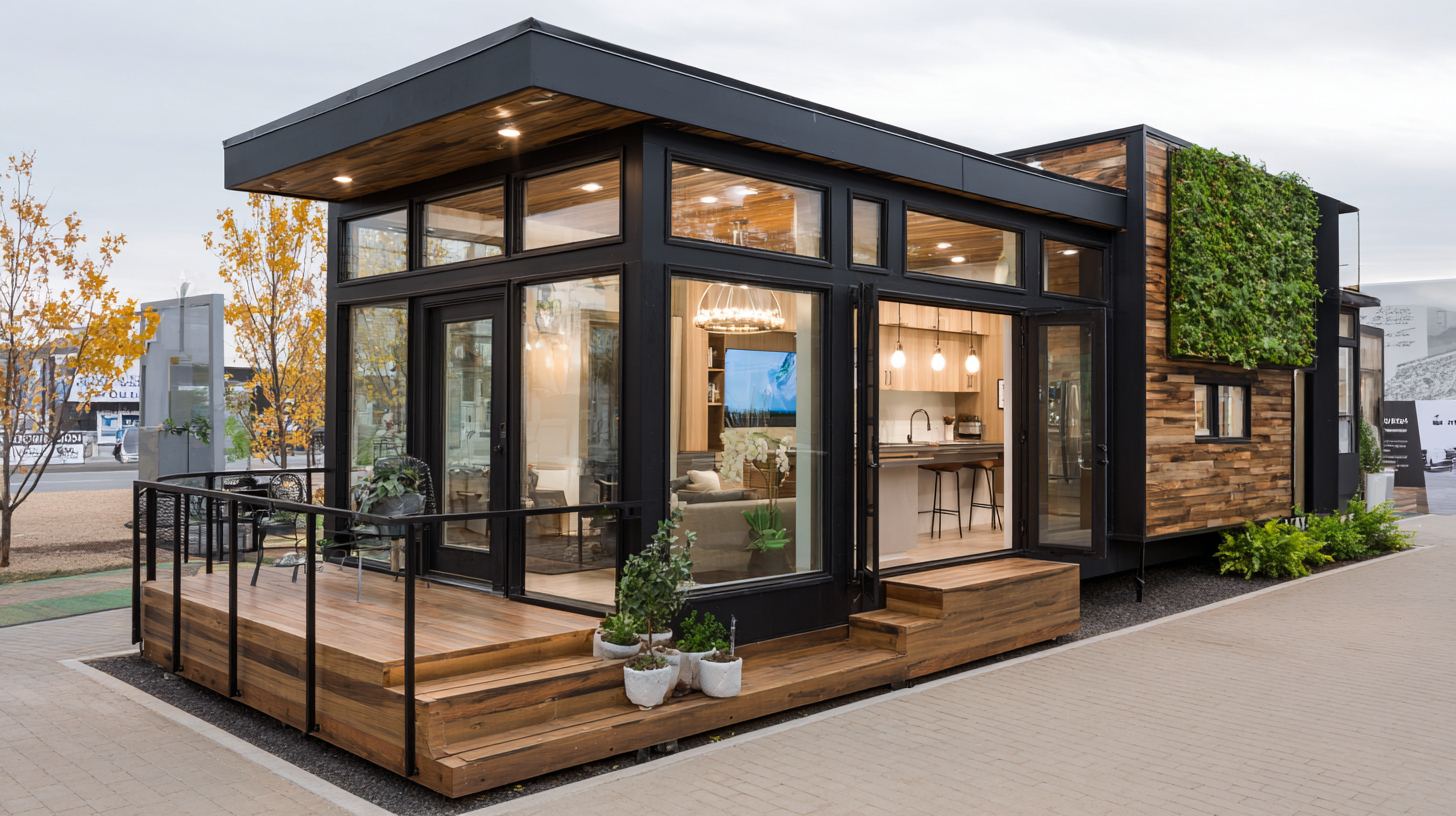
Innovative Design Trends Shaping the Future of Tiny Homes
As we venture into the future of living, innovative tiny home models are leading the way in redefining our lifestyle choices. These compact dwellings are not merely about reduced space, but also reflect a profound connection to modern design trends that prioritize sustainability, functionality, and aesthetic appeal. In recent years, an increasing number of homeowners have been drawn to the charm of tiny homes, which offer smart solutions for utilizing limited spaces without compromising style.
**Tips for Designing a Tiny Home:**
1. **Embrace Multi-Functional Furniture:** Select pieces that serve multiple purposes, such as storage ottomans or foldable tables, to maximize space.
2. **Utilize Vertical Space:** Install shelves or cabinets that reach up to the ceiling to create additional storage without consuming valuable floor space.
3. **Incorporate Natural Light:** Large windows or skylights can make a tiny home feel more open and inviting, enhancing the overall atmosphere.
The design trends emerging in the tiny home sector are heavily influenced by a growing appreciation for minimalism and the push toward eco-friendly materials. As urban populations swell, innovative tiny homes not only address housing shortages but also reflect a lifestyle choice that prioritizes experience over excess. As we look towards 2025, it’s clear that these tiny havens will play a pivotal role in shaping how we view living spaces in the future.
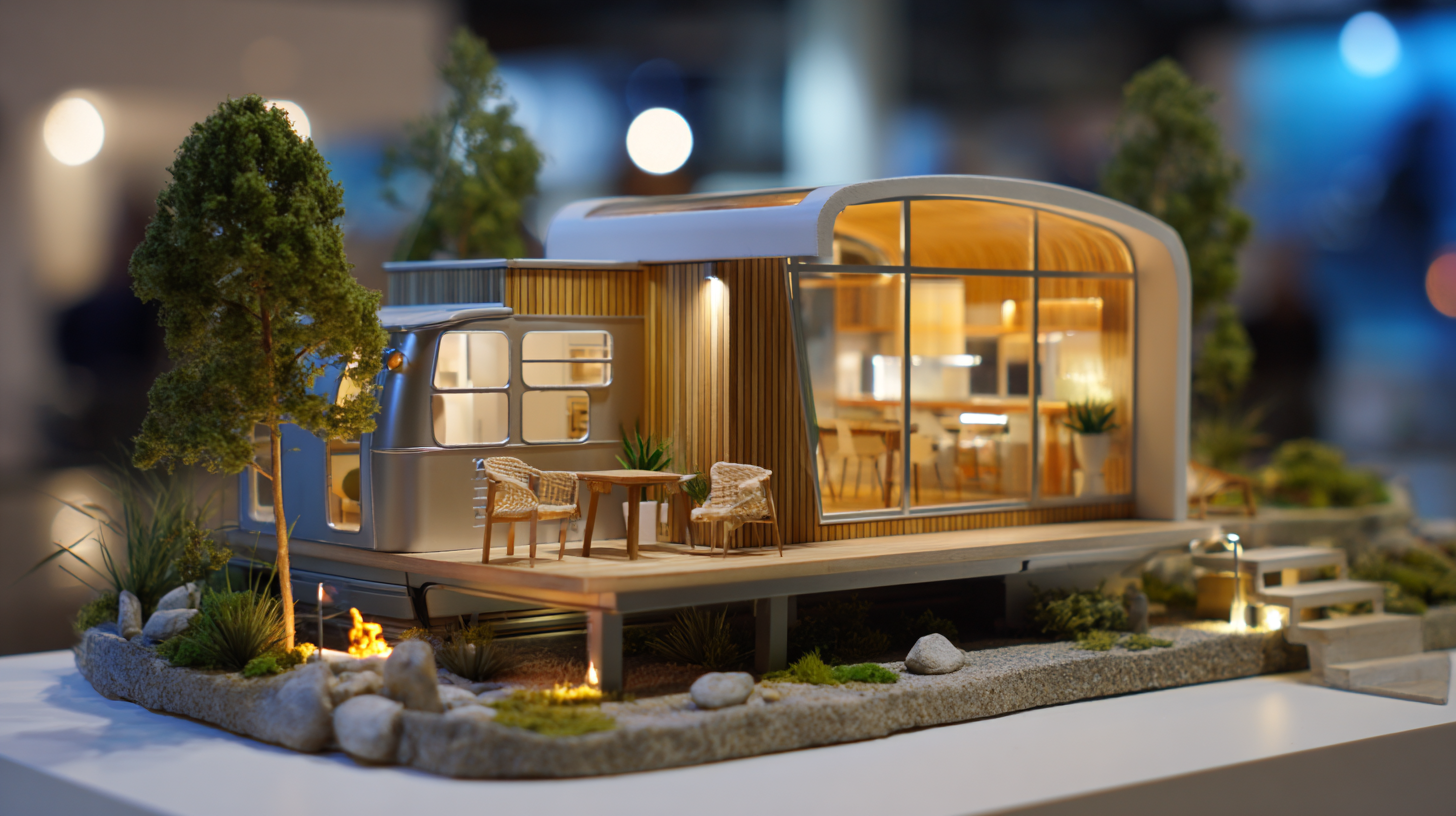
Smart Technology Integration for Enhanced Living Spaces
The integration of smart technology into innovative tiny home models is set to redefine our living spaces, making them more efficient and user-friendly. As the global console market is projected to grow from $4.41 billion in 2025 to $5.98 billion by 2032, with a compound annual growth rate of 4.45%, it becomes evident that consumers are increasingly demanding integrated solutions that enhance their living environments. This trend is not just limited to consoles but reflects a broader movement towards technology-enriched homes.
Moreover, the rise of robotic vacuum cleaners, driven by rapid advancements in technology and a growing demand for automated cleaning solutions, highlights the paradigm shift in how we interact with our domestic spaces. The global market for robotic vacuum cleaners is experiencing significant growth, further demonstrating the appetite for smart home products. These innovations are enabling tiny homes to incorporate automated systems that optimize space, energy efficiency, and convenience, fostering a new era of living that prioritizes both sustainability and comfort. As cities increasingly embrace smart technology, the potential for tiny homes equipped with such advancements promises to enhance our quality of life significantly.
Living Space Size vs. Smart Technology Adoption in Tiny Homes
Sustainable Practices in Tiny Home Construction
The tiny home movement is gaining traction as an innovative solution for sustainable living, capitalizing on minimalism and environmental consciousness. According to the National Association of Home Builders (NAHB), building a tiny home can result in a 50-70% reduction in energy consumption compared to traditional homes. This significant decrease is attributed to smaller square footage, which requires less energy for heating, cooling, and maintaining utility services. As a result, tiny homes are not only budget-friendly but also offer a compelling alternative for environmentally-conscious individuals and families.
Sustainable practices in tiny home construction often incorporate recycled and reclaimed materials, significantly reducing the carbon footprint associated with new building materials. A report by the U.S. Green Building Council indicates that up to 40% of the world's energy consumption and 30% of greenhouse gas emissions come from the residential building sector. By employing eco-friendly building techniques, such as using solar panels and rainwater harvesting systems, tiny home builders can create an efficient living space that aligns with sustainability goals. This shift towards green construction practices helps promote a healthier planet while providing homeowners with long-term savings and a smaller environmental impact.
| Model Name | Size (sq ft) | Material Used | Energy Efficiency Rating | Water Conservation Features |
|---|---|---|---|---|
| EcoNest | 400 | Recycled Wood | A+ | Rainwater Harvesting |
| Tiny Oasis | 350 | Bamboo | A | Low-flow Fixtures |
| Nature's Retreat | 450 | Sustainable Steel | A++ | Greywater System |
| Green Haven | 300 | Cork | A | Compost System |
Maximizing Space: Creative Storage Solutions for Tiny Homes
In the realm of tiny homes, maximizing space is crucial to ensure functionality without sacrificing comfort. Creative storage solutions are at the heart of this endeavor, transforming even the smallest areas into efficient living spaces. Multifunctional furniture, such as beds with built-in drawers or ottomans that double as storage bins, allows homeowners to keep essentials organized while maintaining a sleek aesthetic.
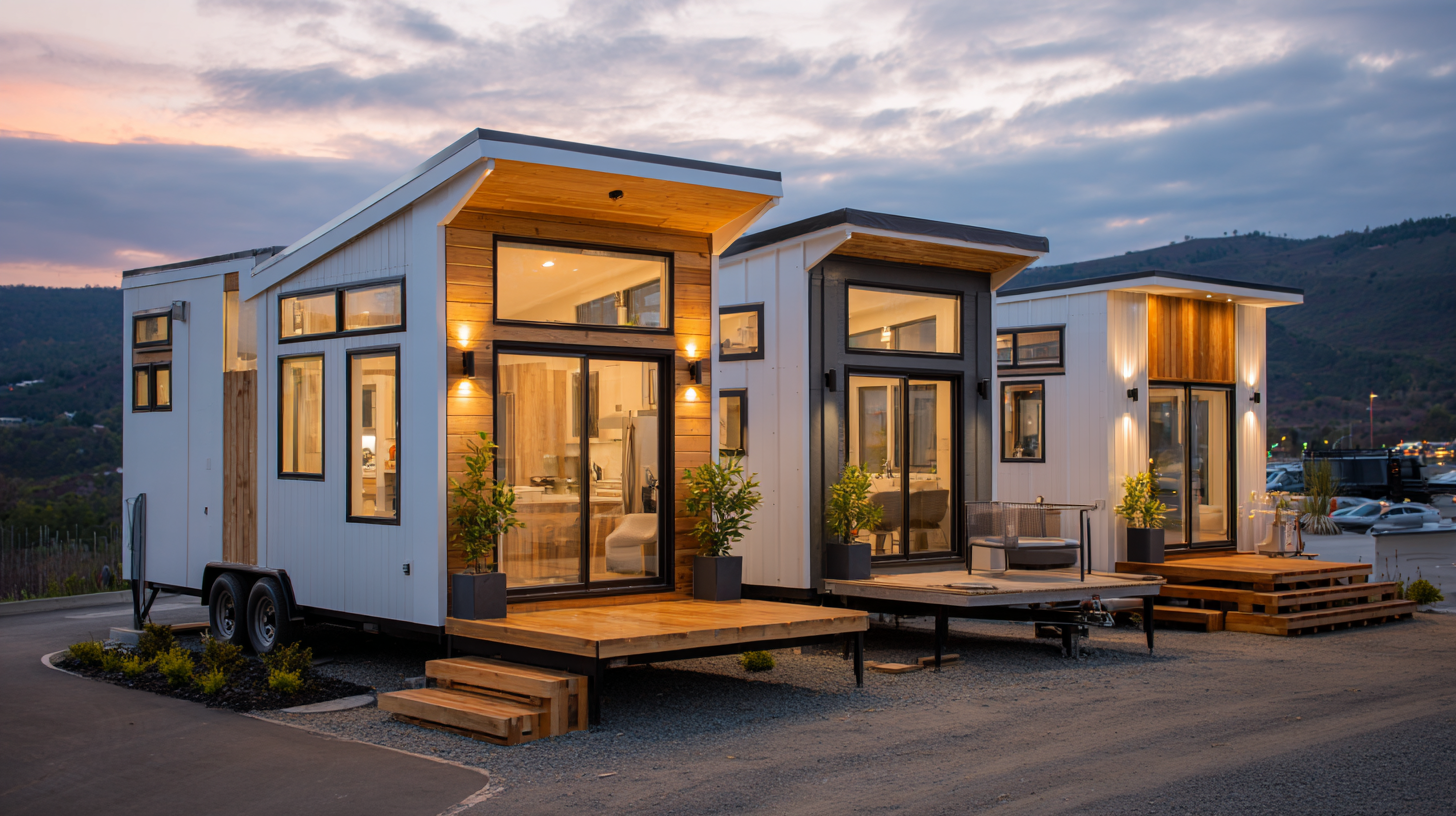 Wall-mounted shelves are another great innovation, providing vertical storage options and freeing up floor space, which makes the home feel more open and inviting.
Wall-mounted shelves are another great innovation, providing vertical storage options and freeing up floor space, which makes the home feel more open and inviting.
Additionally, incorporating hidden compartments can dramatically increase storage capabilities. For example, staircases can serve as valuable storage units, with each step designed to hold items like shoes or books. In kitchens, utilizing cabinets that reach the ceiling maximizes space and minimizes clutter, while pull-out pantries can create storage where traditional designs fall short. By focusing on innovative solutions, tiny home dwellers can achieve a harmonious balance between minimalism and functionality, ensuring that every inch is utilized effectively.
Community and Lifestyle: The Future of Tiny Home Living
The concept of tiny home living transcends mere downsizing; it embodies a vibrant community and a lifestyle shift towards sustainability and simplicity. In an age where environmental consciousness is paramount, tiny homes offer an alternative that encourages people to live with less while fostering a sense of connection. Many tiny home communities prioritize shared spaces, social activities, and collaborative projects, strengthening bonds among residents. This communal atmosphere not only enhances the living experience but also promotes a culture of resource-sharing and mutual support.
Furthermore, the lifestyle associated with tiny homes aligns with a growing ethos of minimalism and mindfulness. Residents often find joy in decluttering their lives, focusing on experiences rather than possessions. This shift encourages creativity in space utilization and interior design, leading to innovative solutions that redefine comfort and functionality. As more people adopt this way of living, tiny home communities are emerging as hubs of sustainability practices, such as community gardens and eco-friendly initiatives, creating a lifestyle that values both personal well-being and environmental stewardship.
Related Posts
-
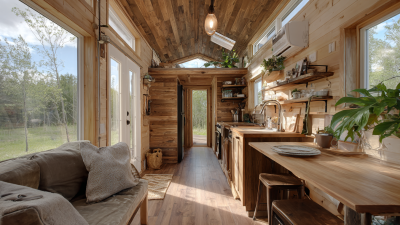
Discover the Hidden Benefits of Living in Tiny Homes for Sustainable Lifestyles
-
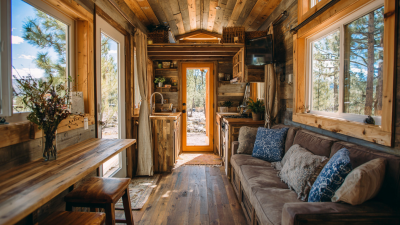
Exploring the Tiny House Movement: How Minimalism is Shaping Sustainable Living Today
-
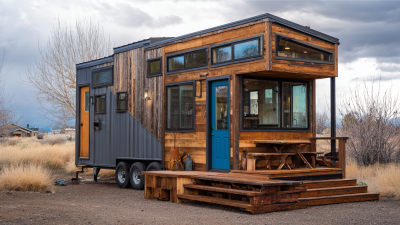
Exploring the Tiny House Movement: How 70% of Millennials Are Embracing Minimalist Living
-

Discover the Freedom of Living Light with Portable Tiny Homes
-
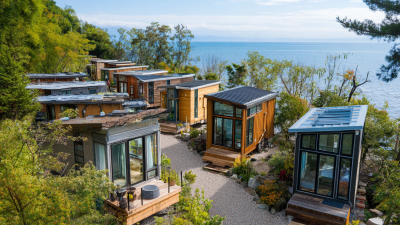
Exploring the Rise of Micro Homes in Sustainable Living Trends
-

Exploring Sustainable Living: The Rise of Prefab Tiny Houses in Modern Eco-Friendly Design
